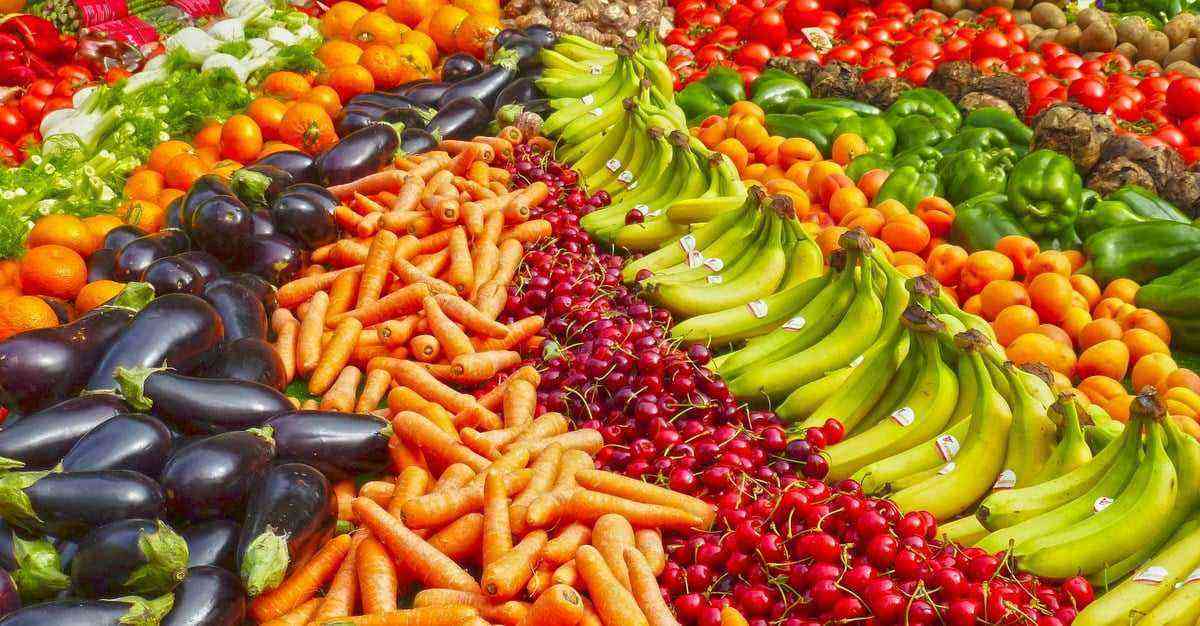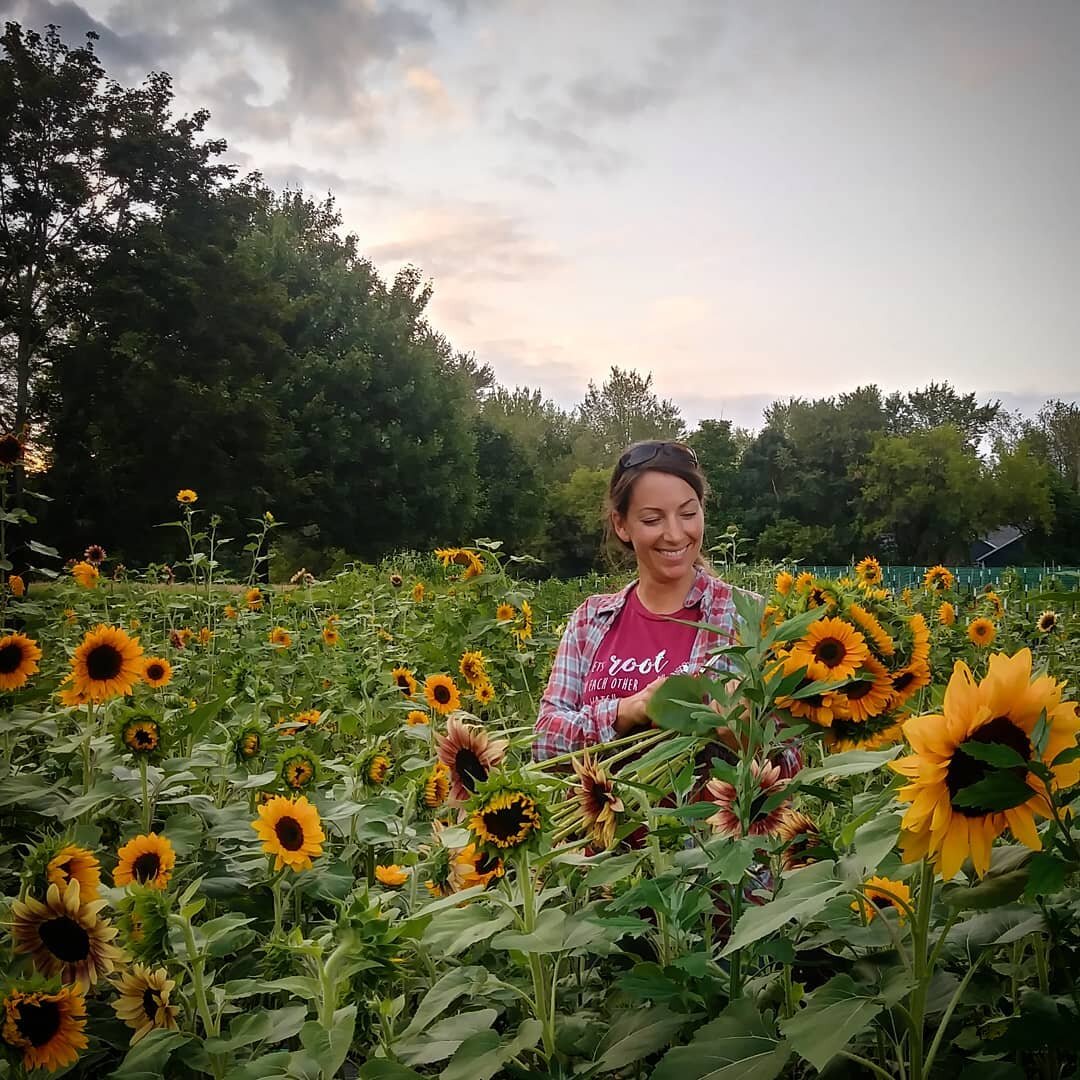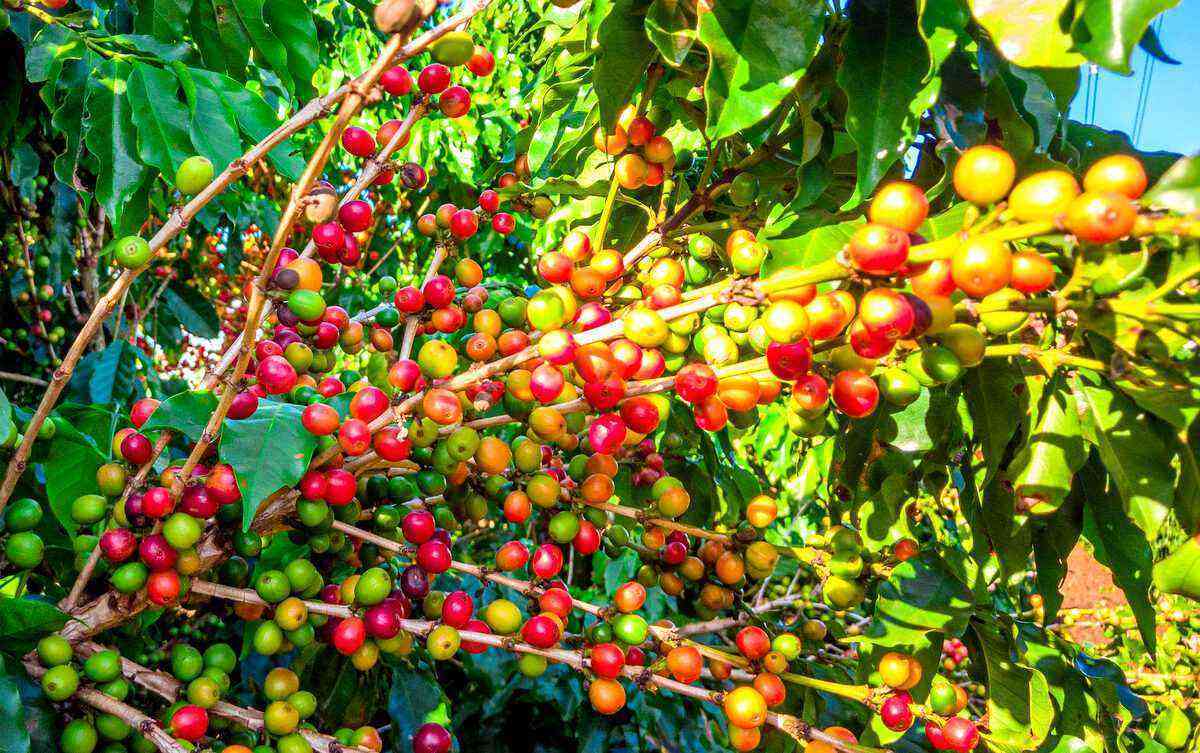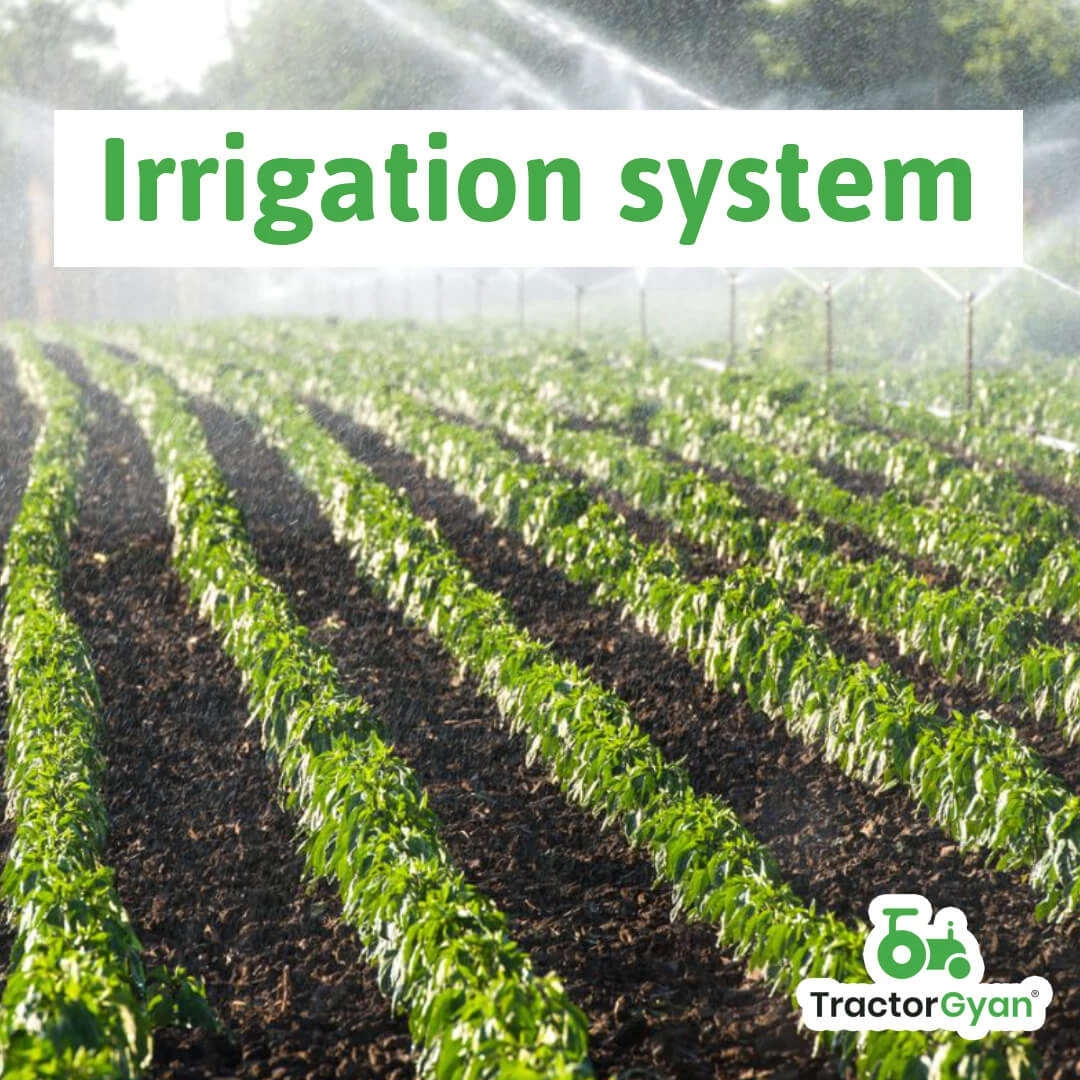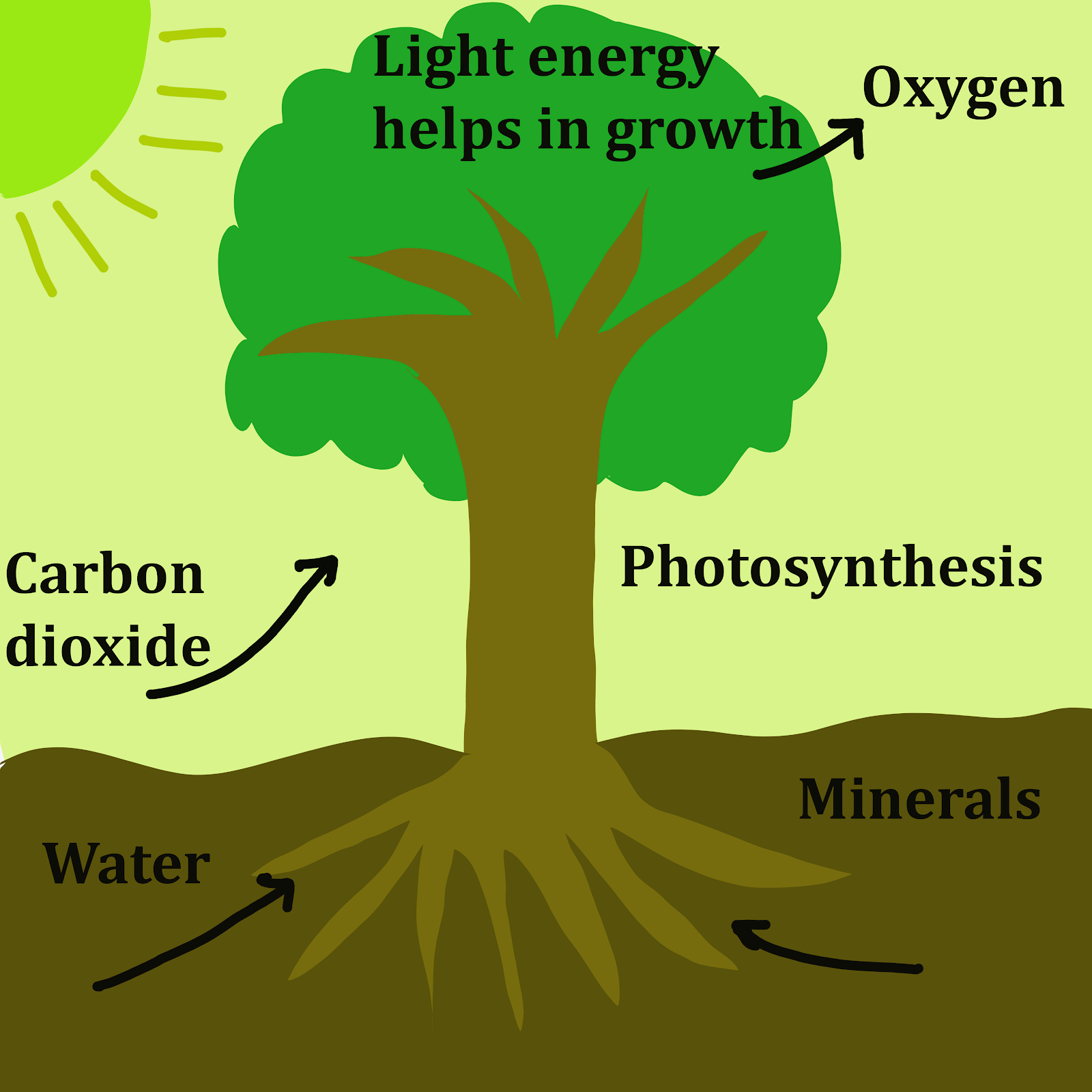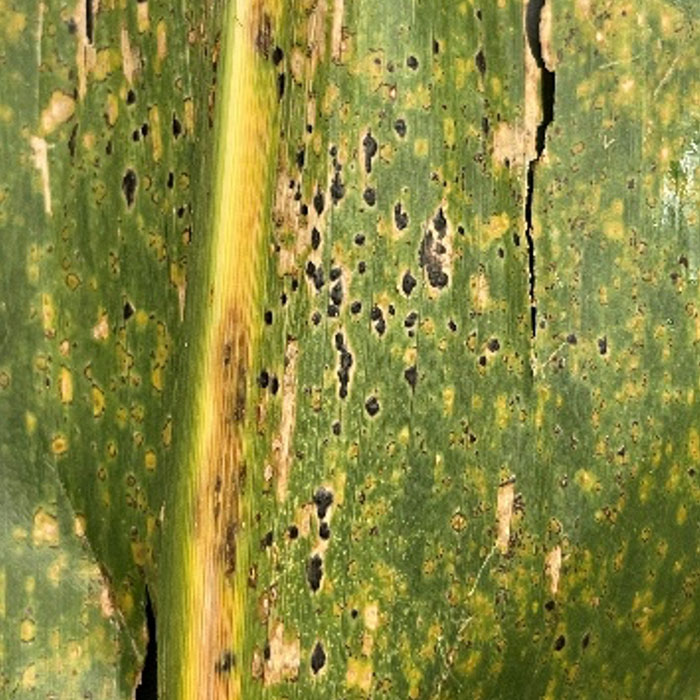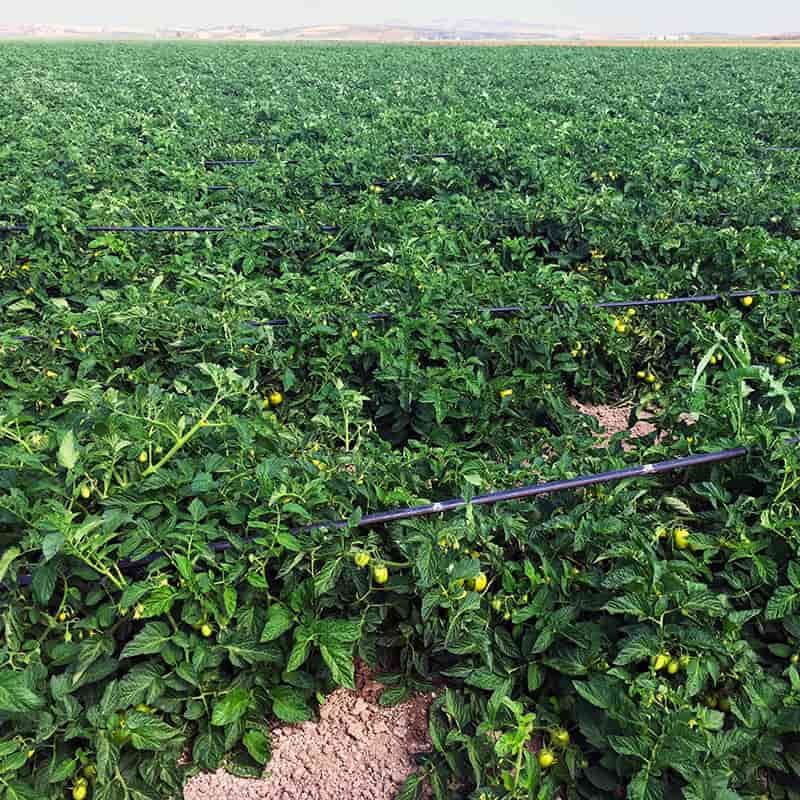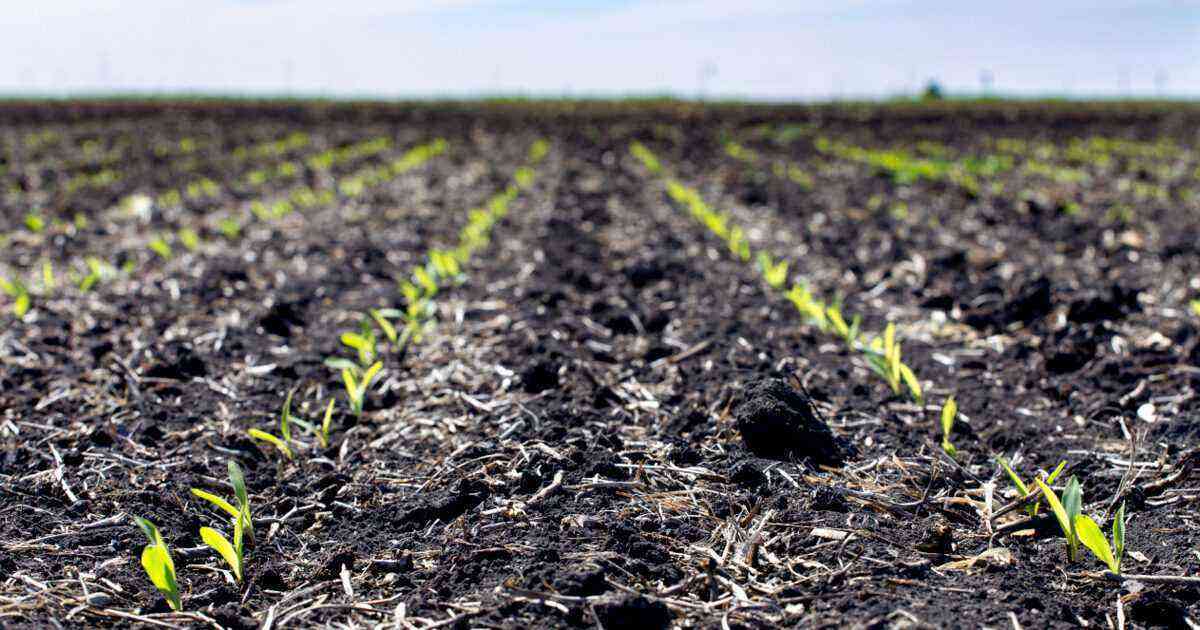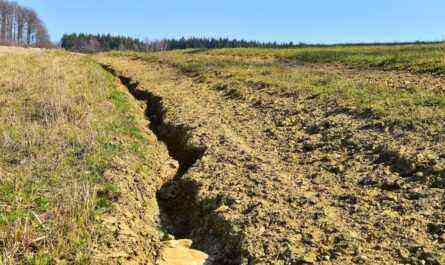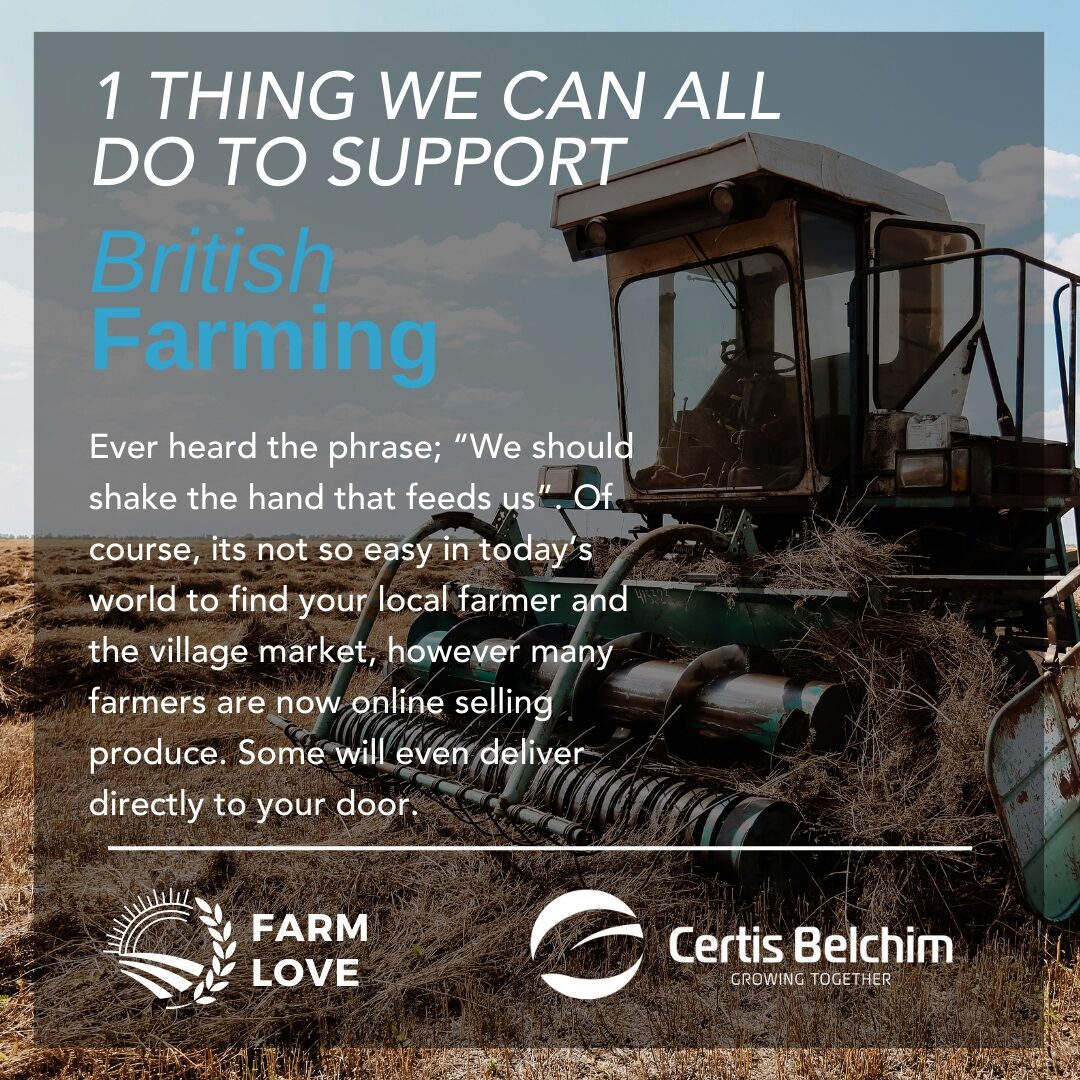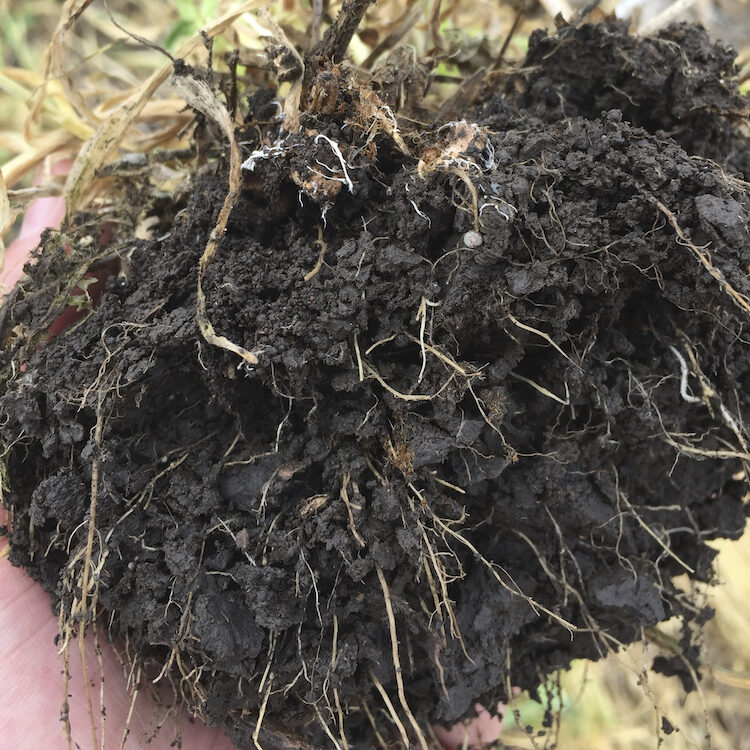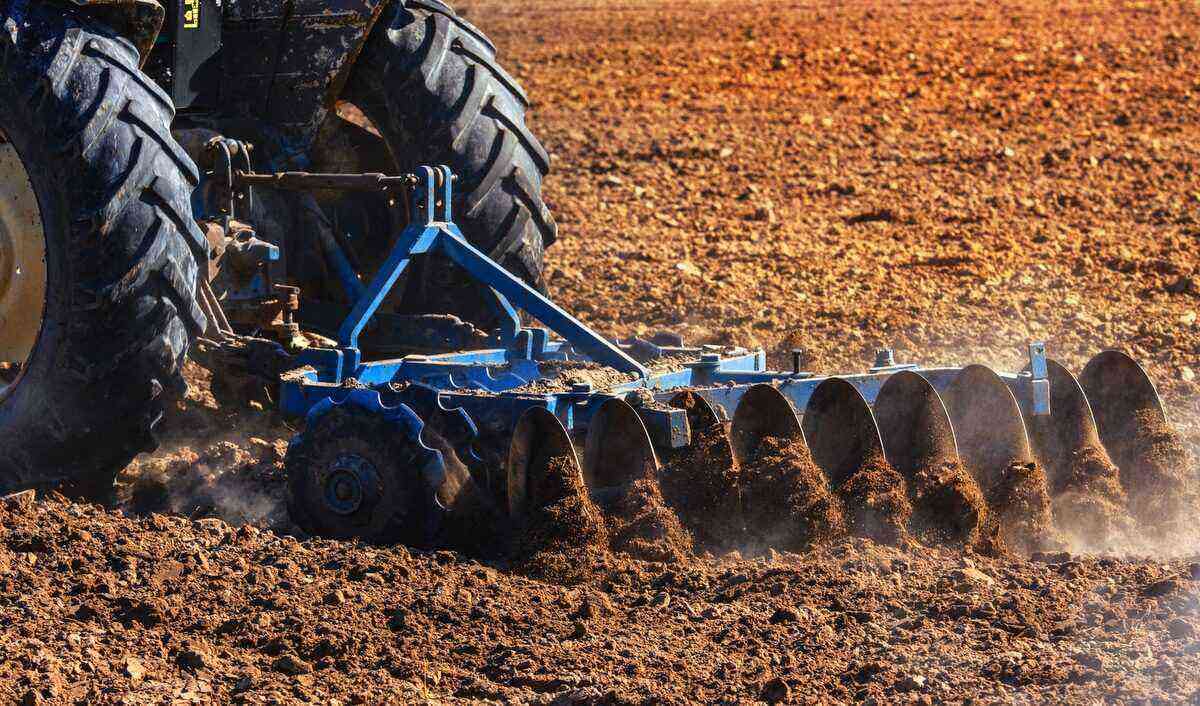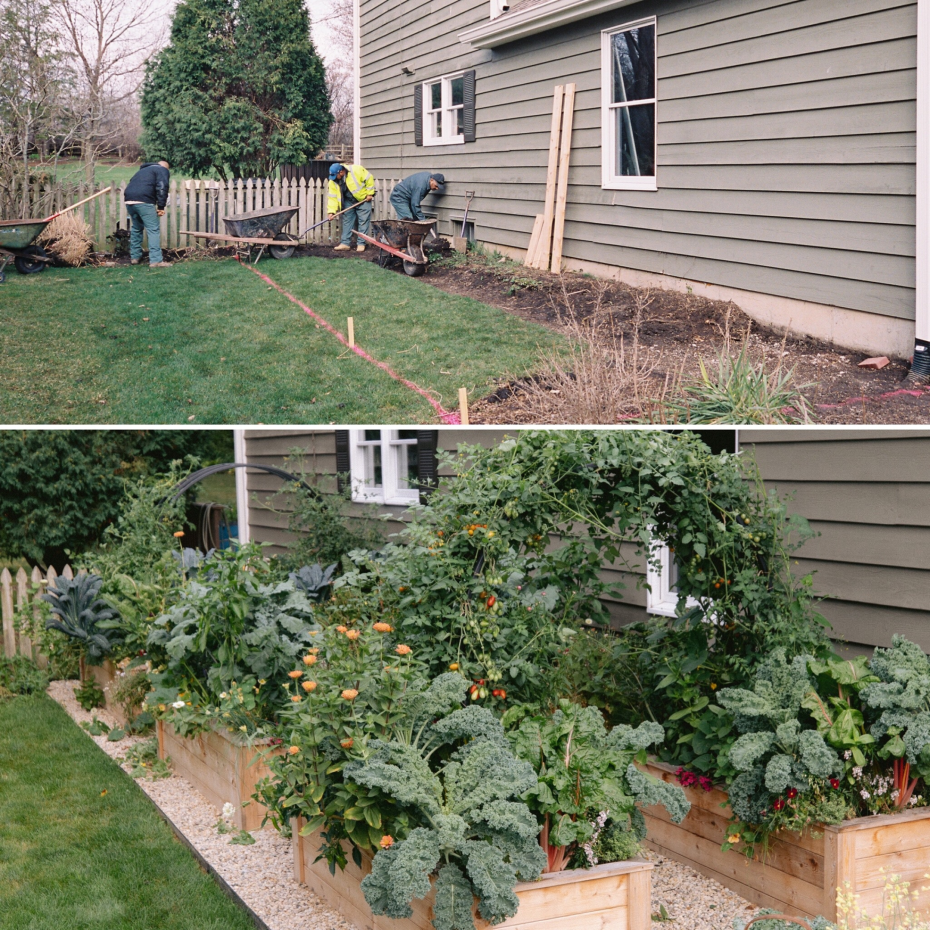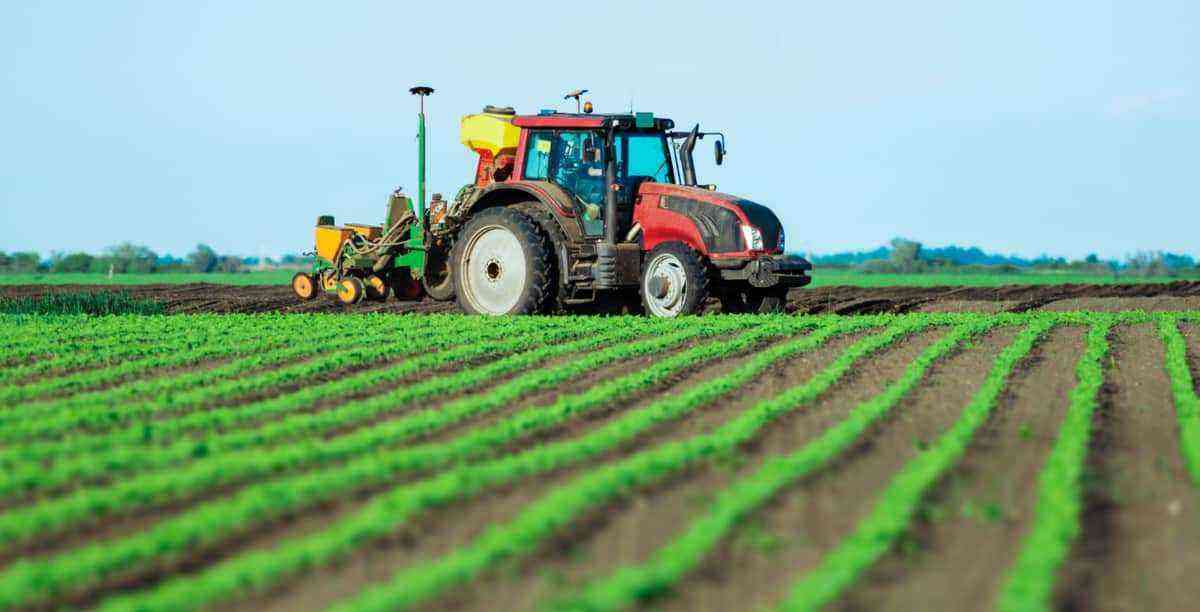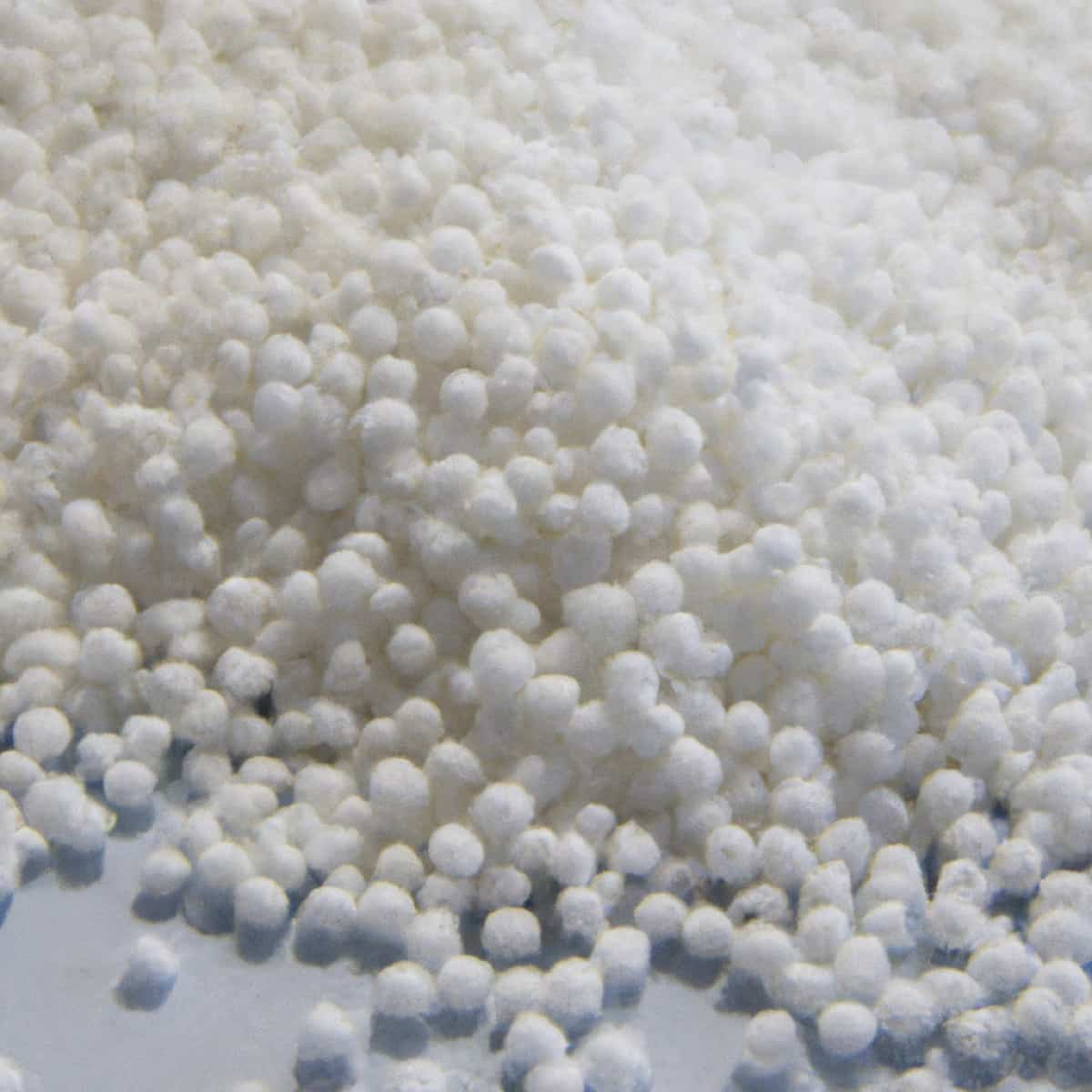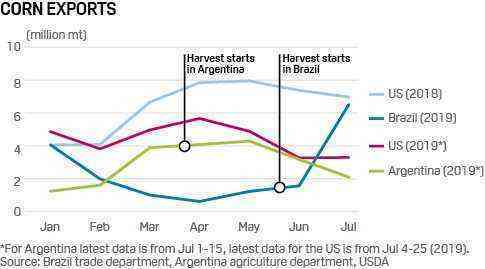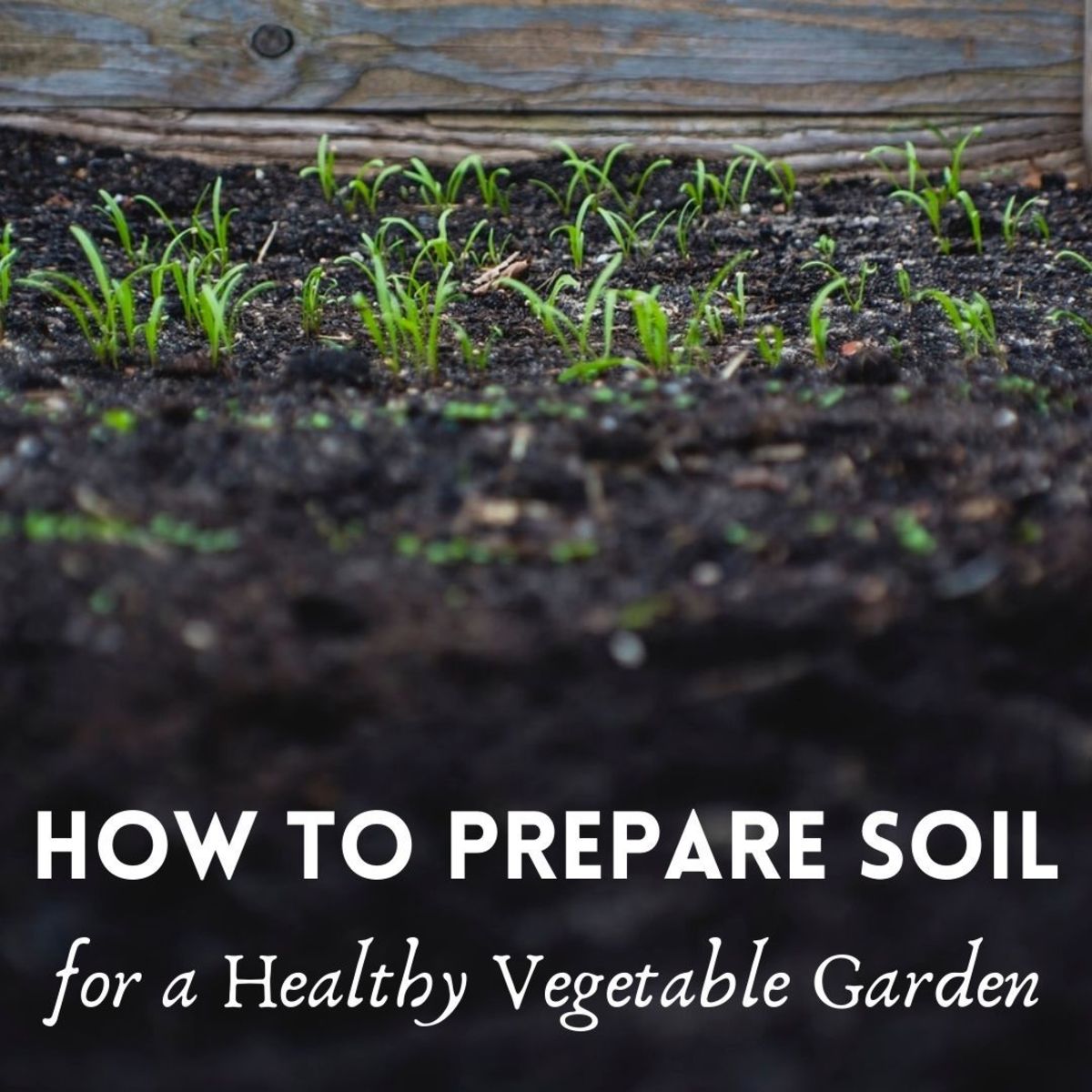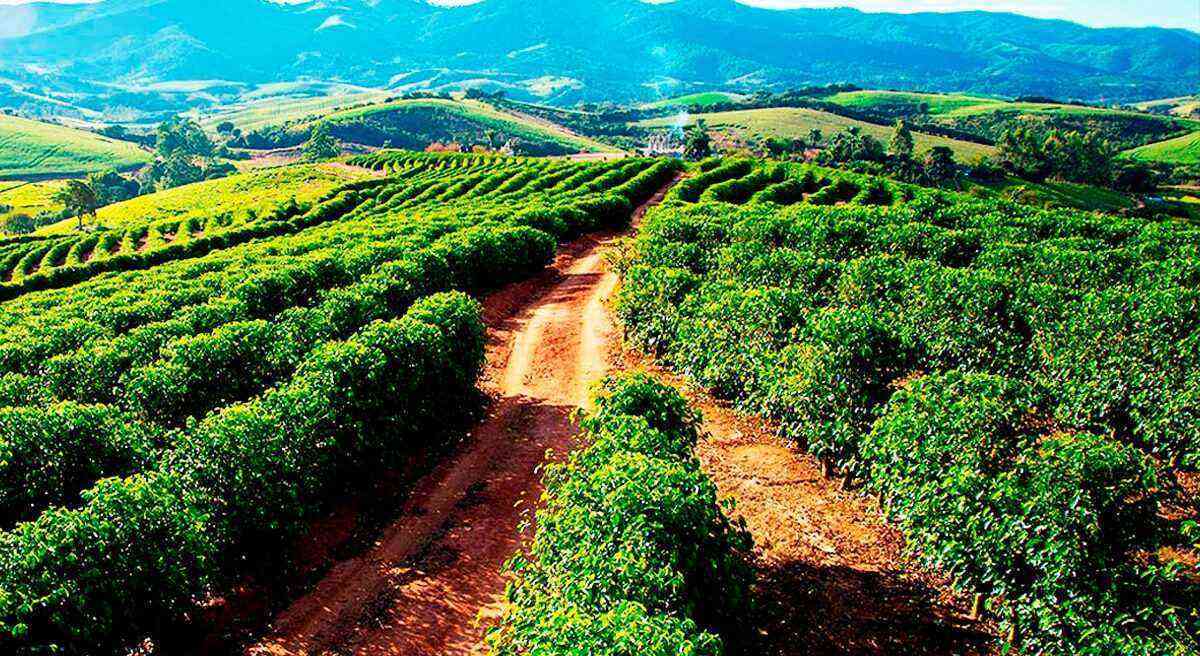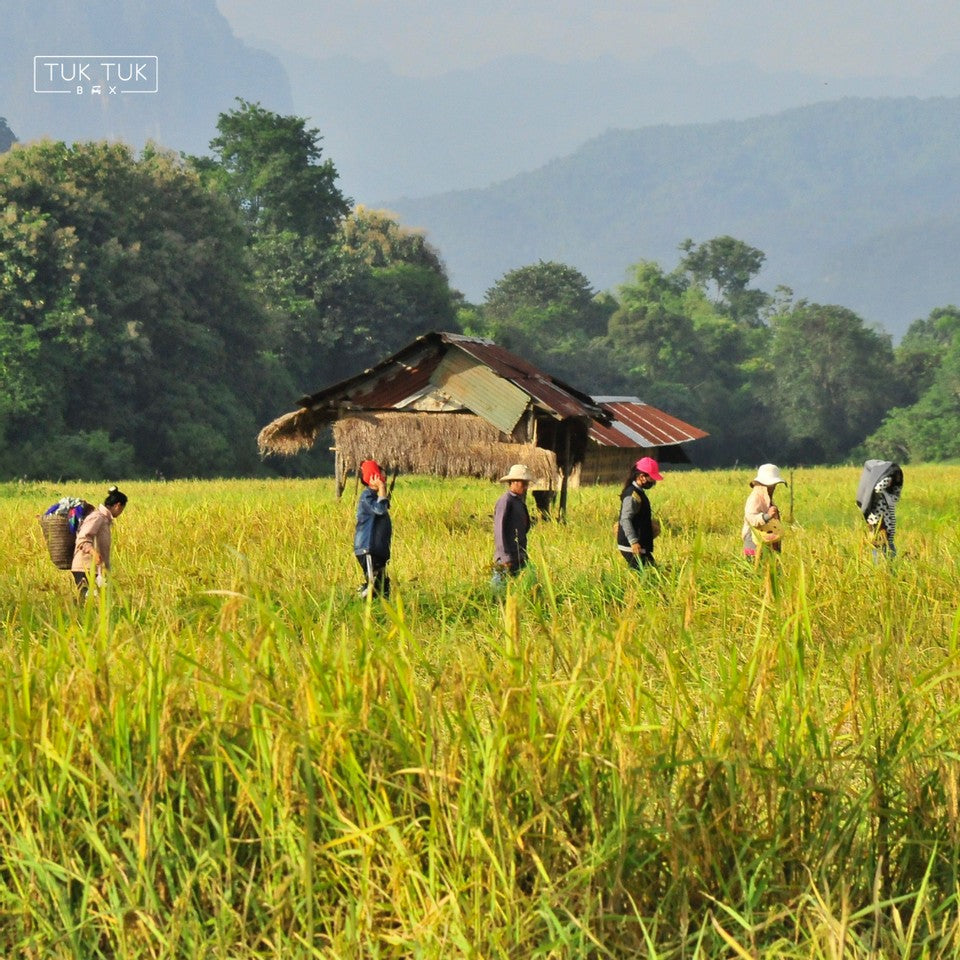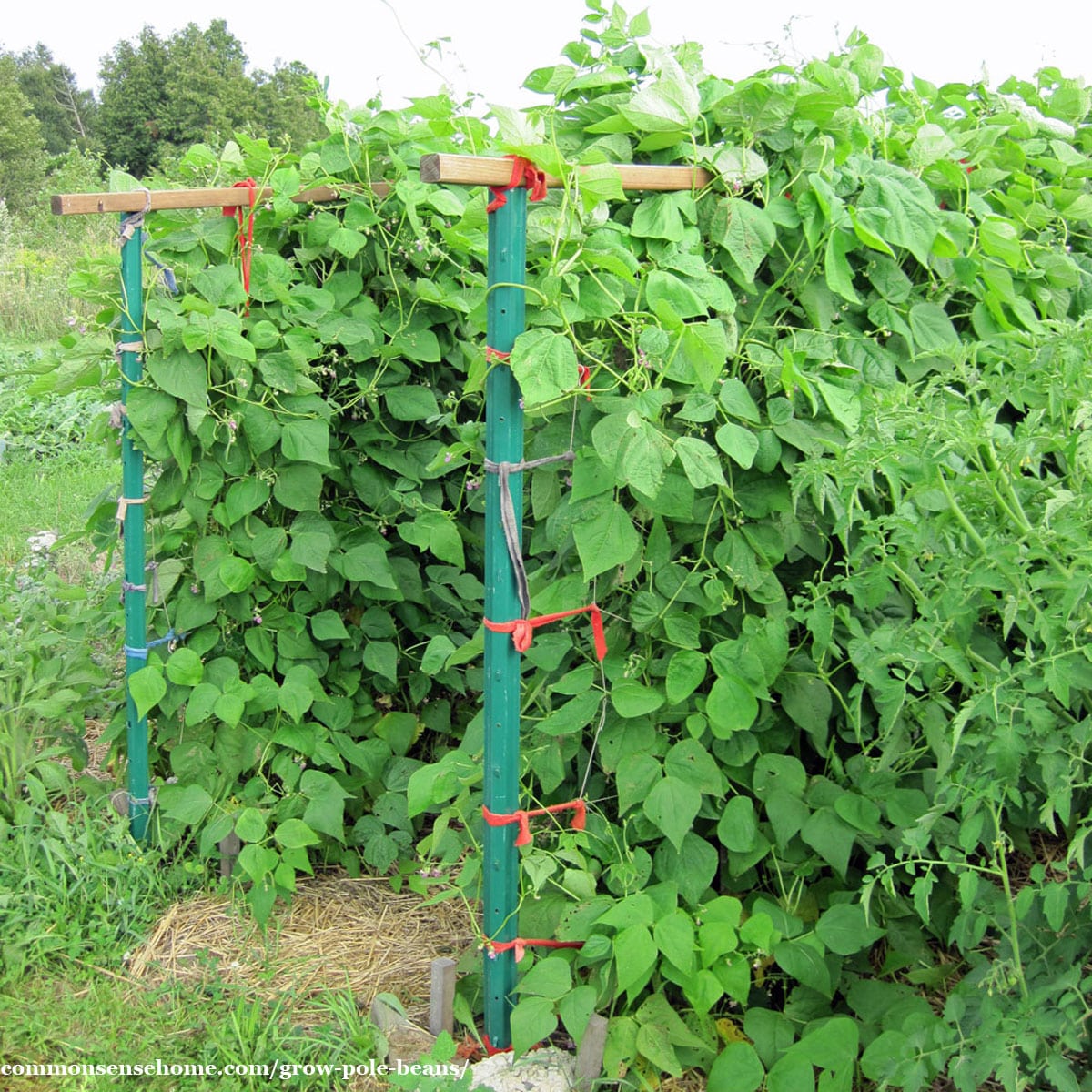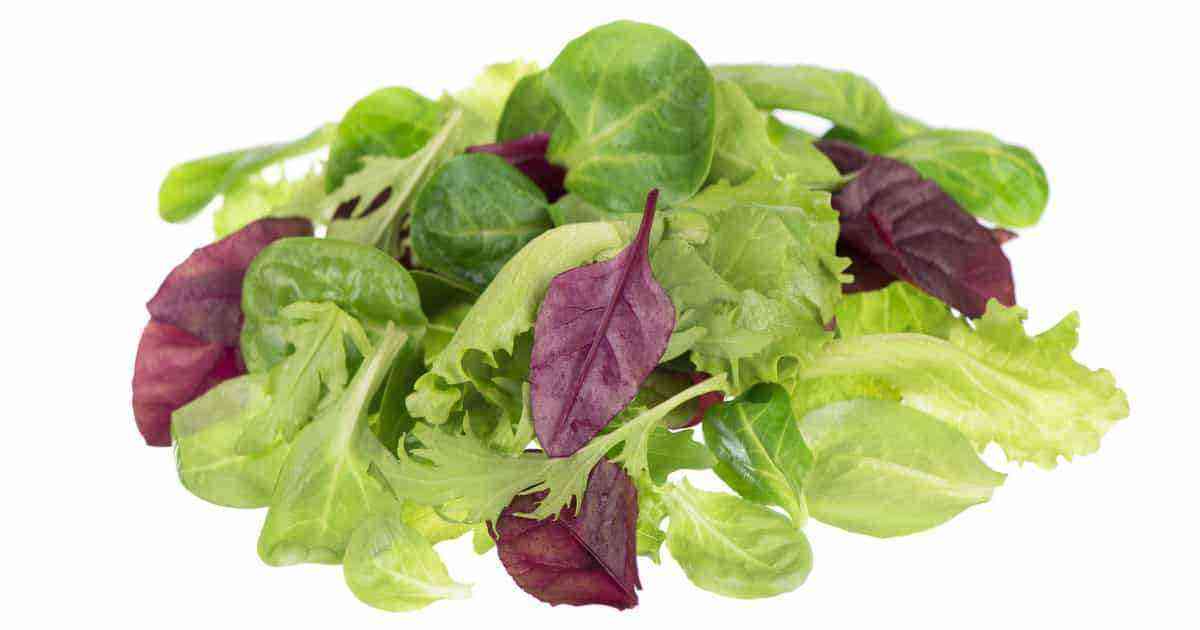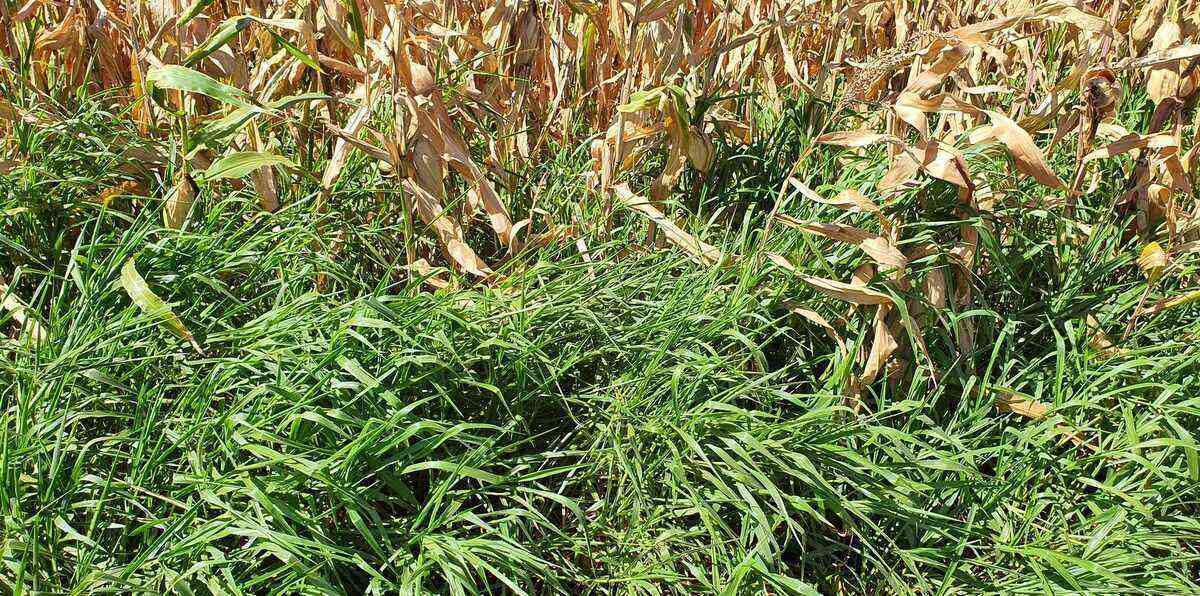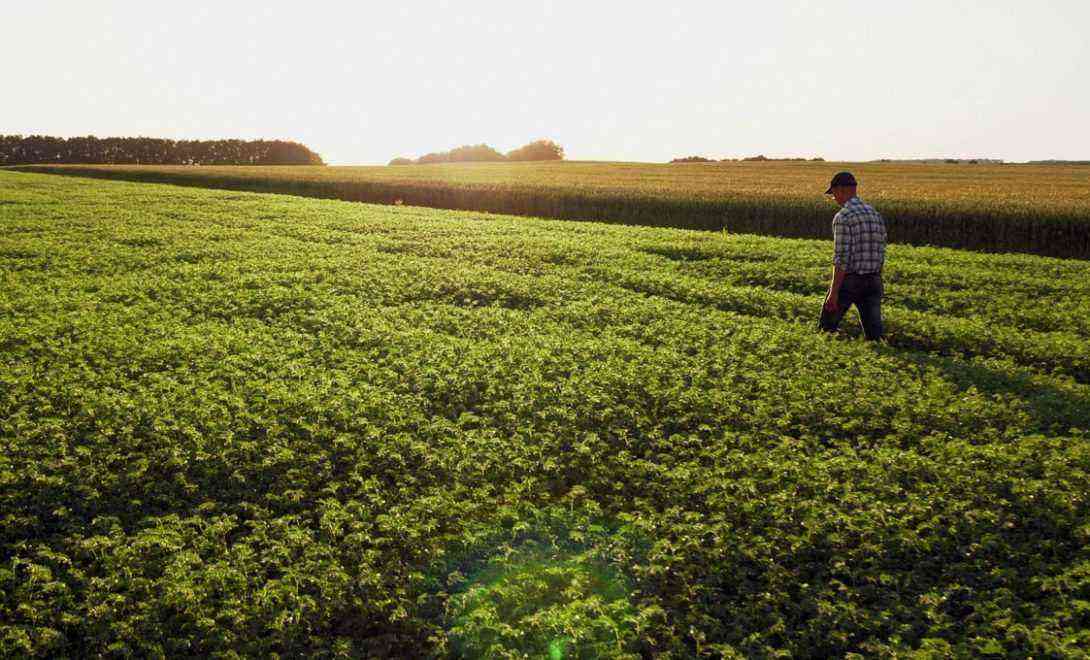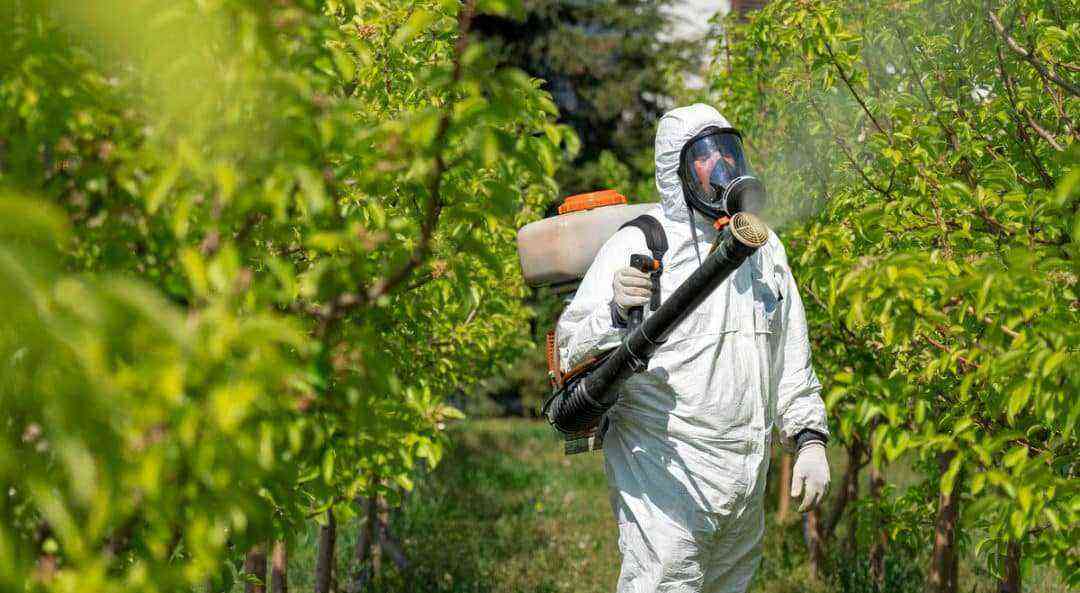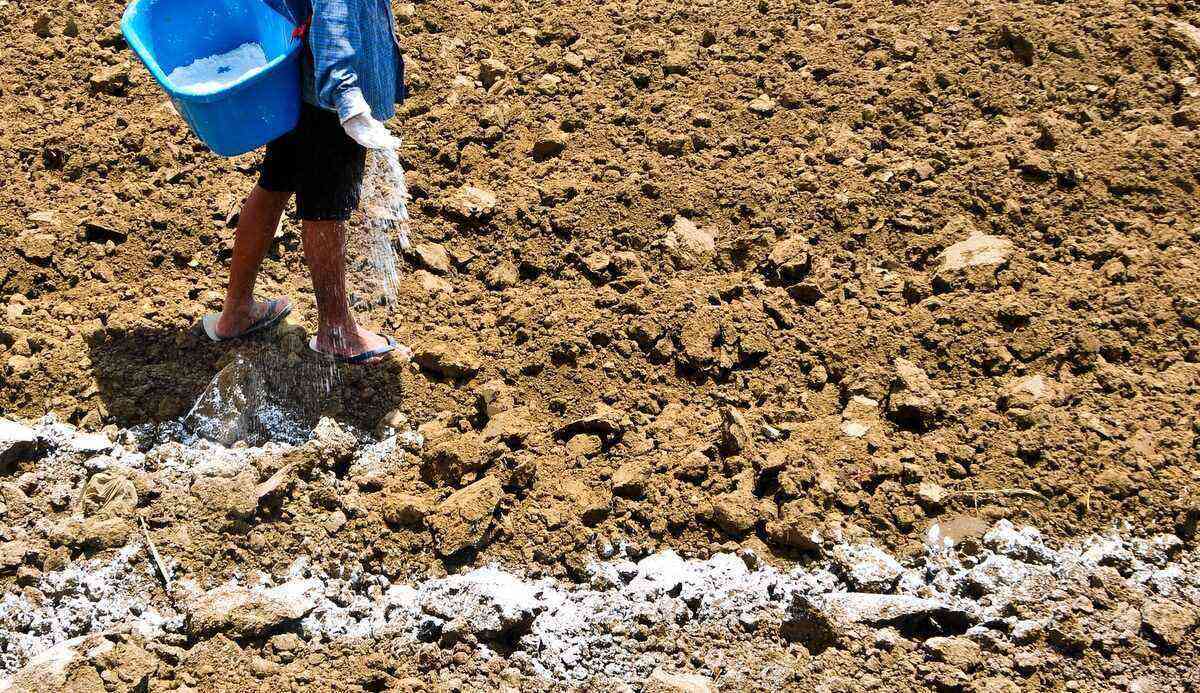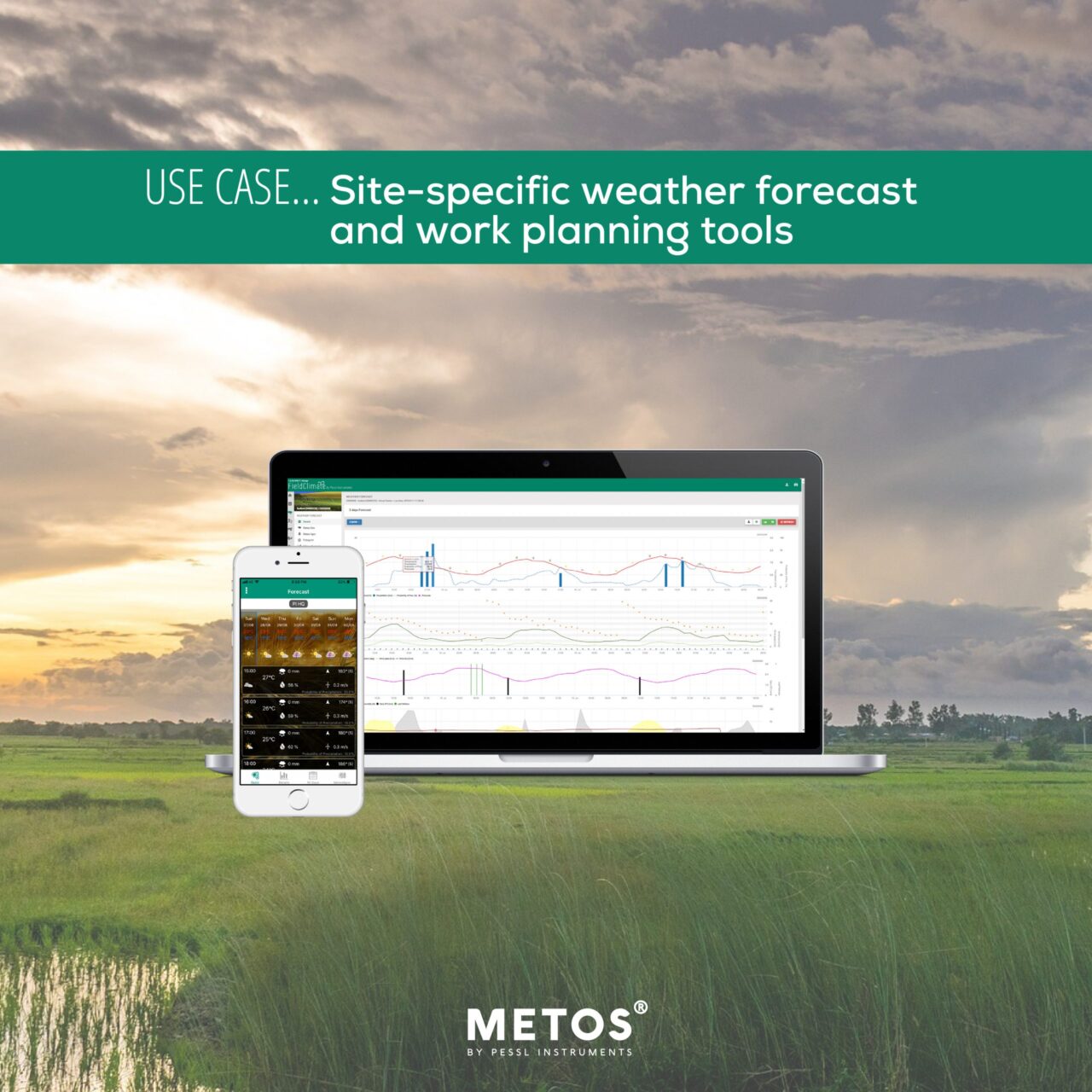Taking care of nature, promoting actions that respect and protect the environment, is fundamental for agribusiness. Sustainable agriculture emerges as an ecological solution to improve crop management and diversity.
Know how a sustainable farm works and how to create it, providing more gains and productivity to your rural property.
Responsible for moving the economy, in addition to supplying the country with inputs, food and agricultural services, agribusiness is one of the main Brazilian sectors and remains on the rise.
According to the Center for Advanced Studies in Applied Economics (Cepea), operations related to agriculture and livestock increased 3,81% in 2019 (compared to the previous year) and accounted for 21,4% of the Gross Domestic Product ( GDP) last year.
Even with the coronavirus pandemic, the Brazilian Institute of Geography and Statistics (IBGE) released a forecast of a grain harvest that should break a new record and reach 247 million tons in 2020. See why the market is favorable for the commercialization of the product.
Sustainable farms are trending
Making use of technologies that combine concern for nature with the need to produce more with low environmental impact and safety, sustainable farms are viable and promising options, expanding widely in the country.
The management of a sustainable farm is based on three pillars: environment, economy e society. From ecologically correct practices, it is necessary to foresee the valorization of ethical principles of the entire production chain, balancing market relations with respect for people and the planet.
In this system, the property uses water, soil, fauna, flora and biodiversity as foundations, promoting actions that promote the reduction of pollution, water and energy consumption, the use of chemical fertilizers, fertilizers and pesticides, among other sustainable attitudes.
No video below, see an example of a model farm in sustainability in Rondônia. Owner is betting on the system of crop-livestock integration (ILP) to renew the pasture, recover the soil and, consequently, improve the productivity and profitability of your rural property:
Source: Embrapa.
Good practices in agriculture
Environmental impacts on agriculture and livestock can generate problems, in addition to higher costs in incomplete production cycles. Concrete sustainability actions can make agribusiness more profitable, enabling the reuse of raw materials and extra income from post-treatment by-products.
For a farm to be sustainable, good practices must be carried out, making its processes more efficient and less harmful to the environment. Green initiatives cover:
- Selective collection or recycling of materials: Incorrect disposal of products, packaging and other waste can contaminate the soil and groundwater, causing damage to the region. Organic waste can also be eliminated through composting;
- Reuse of rainwater: a system can be created to collect, store and supply the crop, saving the resource, including for supplying the property in periods of drought.
Conscious use of land
The routines of a sustainable farm also involve actions related to the reduction of greenhouse gas emissions, recovery of forests with native seedlings, awareness and education, among others.
With respect to the soil, they can include:
- Crop and pasture rotation: lessens soil wear, opting for crops that are most suited to the reality of the place, gaining more productivity;
- integrated systems: the property will function as a living organism, with several activities coexisting (crop, livestock and forest). There will be more efficiency with the planting of related crops and trees, promoting greater production and biodiversity;
- land conservation: In addition to the use of machines and agrochemicals, other initiatives, such as contour sowing, introduction of no-tillage and agricultural terracing.
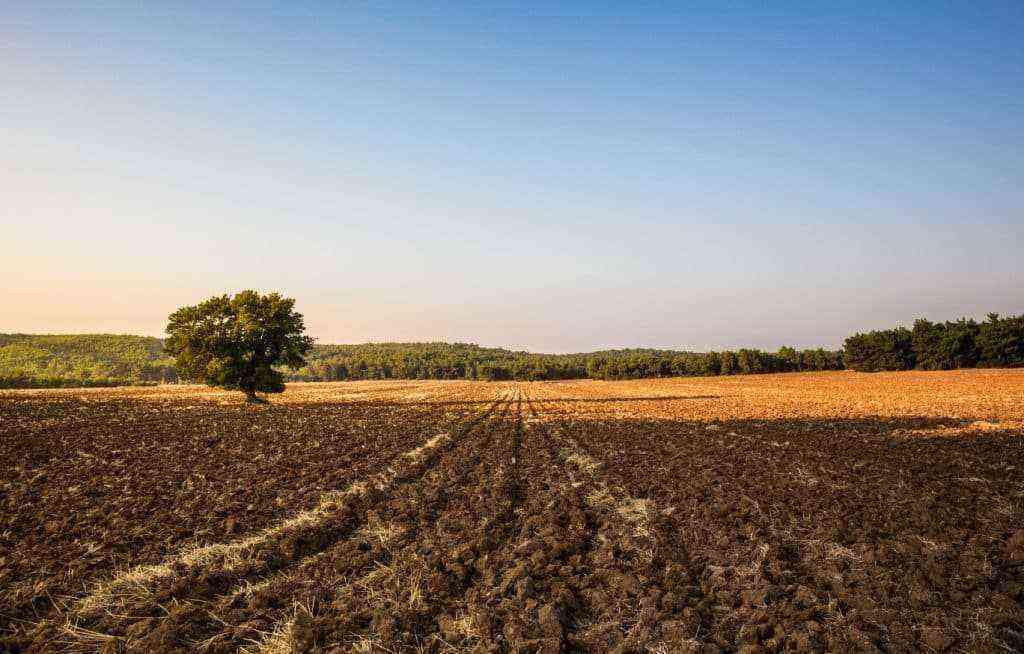
The conscious use of the soil is one of the pillars of sustainable farming
Energy self-sustainability
Through efficient and planned management, it is possible to make a farm sustainable in terms of energy. Efficiency in this regard can also come from lighting and ventilation solutions.
It is still possible to save with clean and renewable energy, such as photovoltaic panels. They allow the use of thermal energy from the sun, transformed into electrical energy.
Biotechnology, on the other hand, offers innovation in agriculture, resulting in improvements in the quality and productivity of food, such as more resistant, nutritious and tasty grains. Genetic engineering helps to select livestock by reducing the methane gas emitted into the atmosphere.
Investing in pastures is a profitable option. Good soil management helps to eliminate some negative impacts of this economic activity on the environment, generating savings and greater revenue.
Another possibility is to include integrated pest management in your farm’s crops. He uses insects for this control by pheromones (sex hormones) and green manures, which also contribute to greater soil filtration and irrigation in fertile areas, benefiting agriculture.
Traceability of animals from birth to slaughter also helps with food safety. In this way, it is possible to identify the origin of the meat and the processes that were used in its elaboration.
How to create a sustainable farm
By putting into practice some of the sustainable actions mentioned, it is possible to transform a traditional farm into self-sustainable. With this model, both agriculture and livestock can be served, expanding their profitability quickly and effectively, supplying the surrounding community.
The choice of solutions will depend on each agribusiness. A detailed diagnosis can show which are the best technologies for creating a new concept of sustainable food and energy production.
The change process on the farm is gradual, depending on how the measures are put into practice. Some activities will become more complex on the property. Therefore, strategically plan the operation of all routines.
Be aware of legislation and industry standards, meeting all legal requirements. Ensure that employees are trained, following good agricultural production practices.
The use of artificial intelligence ou Internet of Things helps to improve agribusiness productivity and revenue. Real-time data monitoring with sensors, GPS and drones can generate information that helps in deciding the best time to plant or harvest, for example.
Also check out our article on smart farms
Sustainable practices can encourage other farmers to follow the same purpose, encouraging cooperativism. With this model, one can have access to government incentives, such as credit facilities and even tax exemptions.
The sustainability project can also be implemented in family farming. In the video below, see an example of diversification and environmental responsibility:
Source: Epagri Videos.
A farm has much to gain by adopting a sustainable design that promotes ecological awareness. As the actions start to work, they generate the natural recycling of resources, collaborating with the entire ecosystem.
See also: How to prepare your farm for sale
